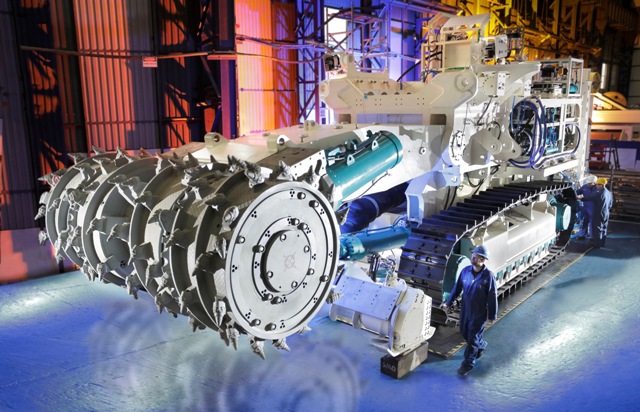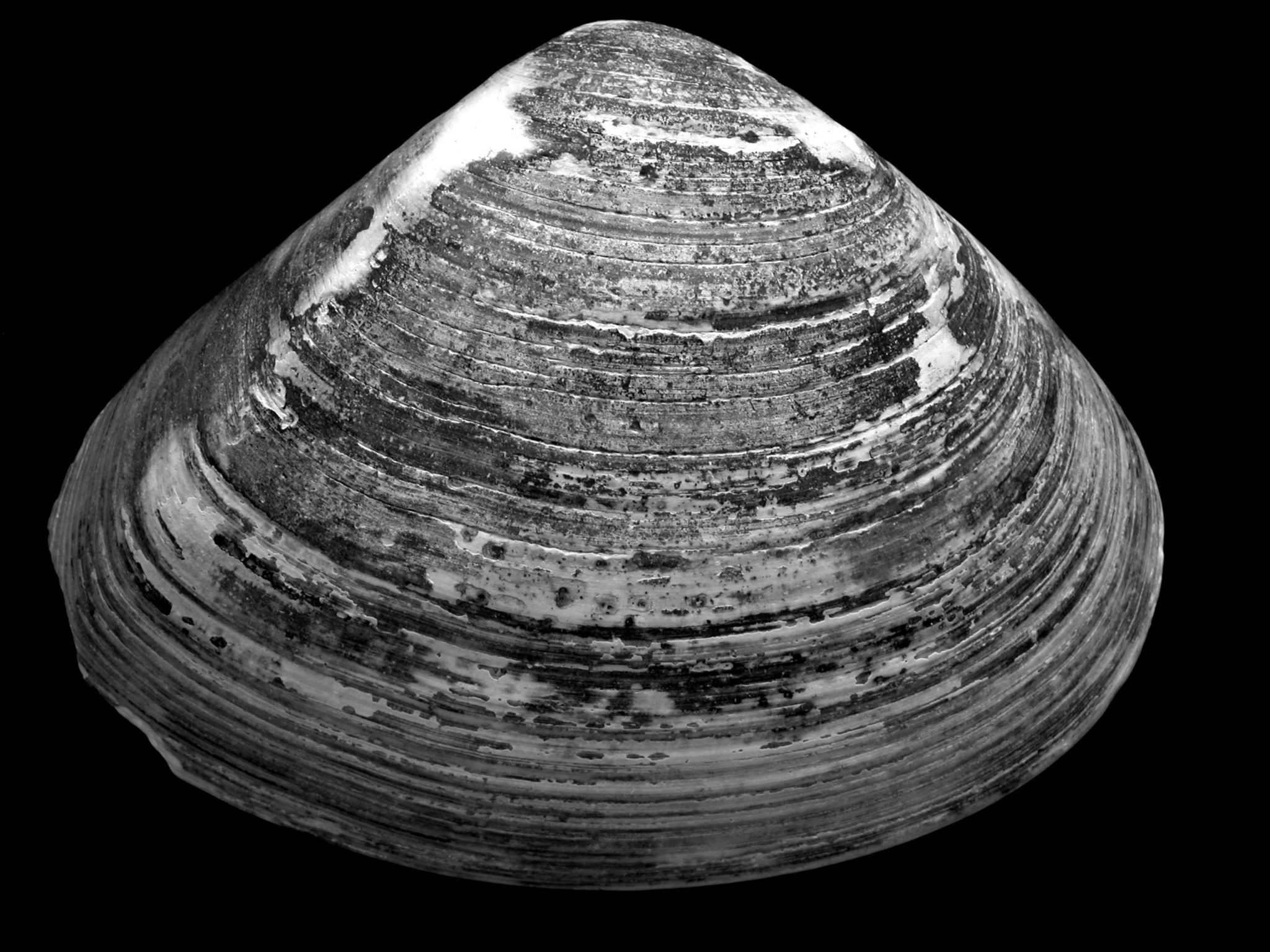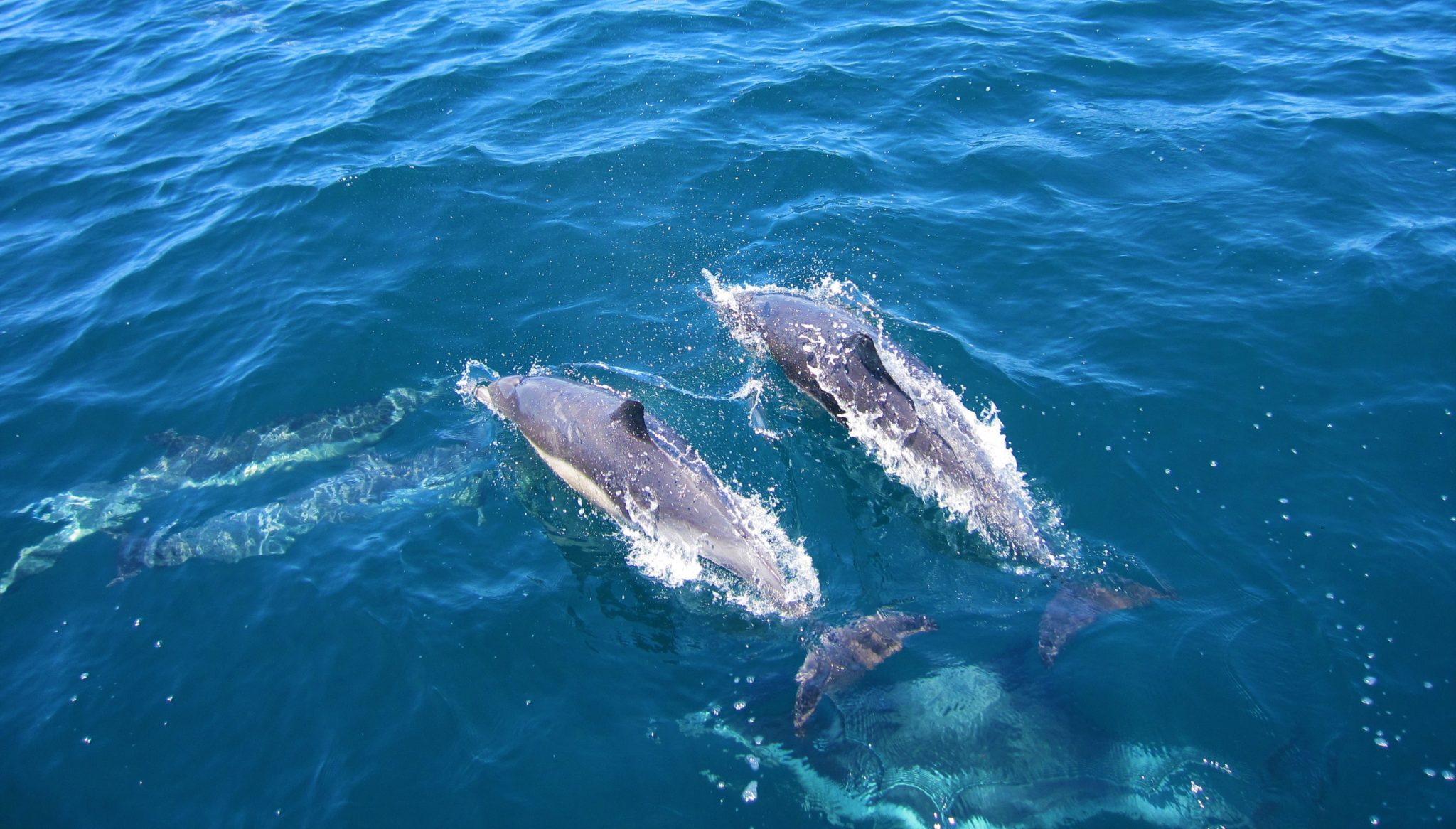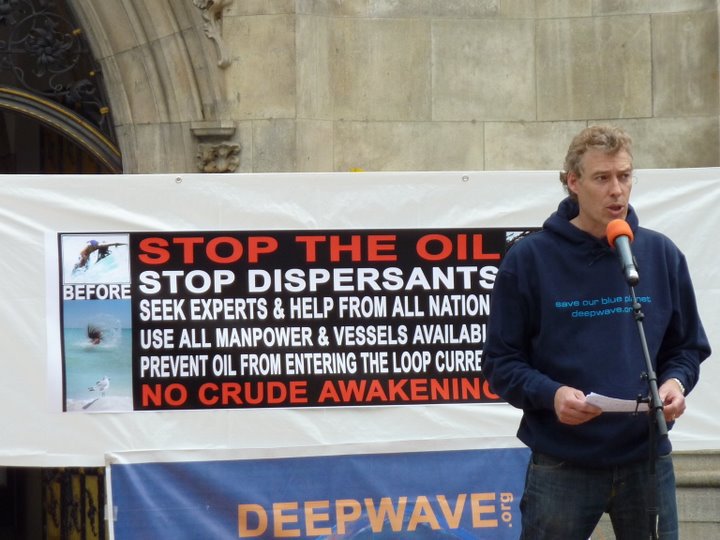Science
IUCN report: the future of deep sea mining
When we think of the deep sea, we often associate this unique habitat with cold and darkness. What at first seems dull and empty is home to an amazing variety of species. IUCN’s 2018 report also described ecosystems as unique and valuable. The report’s authors stress that we have brought many marine species and habitats to the brink of destruction through our ruthless treatment of our environment. As commercial interest in the raw materials of deep sea soils increases, there is an urgent need to prevent deep-sea exploitation and destruction.
The report therefore focuses on the possible consequences of deep-sea mining and approaches to monitoring sustainable deep sea mining. Another important point is the geographical and geological specificities of potential mining areas and legal frameworks. In addition, different mining technologies are described, including environmental parameters such as extreme pressure and enormous depths, which could complicate the undertaking.
The authors of the report stress that the consequences for ecosystems are sometimes very difficult to assess and that data must be collected as a matter of urgency. Studies have already shown how devastating a shift of sediments in the seabed can be for habitats and biodiversity. There is even evidence that the changes in species structure in the mining area may be irreversible. However, this is only one of many possible disturbances of the sensitive habitats.
Finally, it has to be said that this is a very complex issue. Different interest groups and institutions must work hand in hand to solve these challenges. It is to be hoped that scientific results and environmental assessments will be taken seriously and decided in the interest of our environment.
Annabelle Siebert for DEEPWAVE
You can download the report at IUCN.
More information about deep sea can be found at our deep sea blog.
A 450-Year Record of North Sea Herring, Pried from Clams
An unseeming yet long living mussel species, the island mussel, provided scientists with an insight into the population development of the Herring over the last 450 years. This was done through chemical analysis of the mussel shells, forming annual rings similar to those of trees. How can these rings be utilised to gain insight into the population changes of various fish species? Findings like these are yet another proof for the complexity of our ecosystem. They show how closely linked the oceanic habitat is with its inhabitants, and how the climate influences all its parameters.
Author Rachel Fritts published a compelling article in the Hakaimagazine in 2019, discussing the North Sea herring stocks of the past. Whilst the tales of oceans riddled with fish, fishermen needing only to hold out their nets to catch more fish than they could sell, are now sadly just tales of the past. The research, led by Juan Estrella-Martínez, a paleoceanography doctoral student at Bangor University in Wales, found changes in the oxygen and carbon isotope ratios in the shells they had sampled in Scotland, and in the water changed, spanning the years of 1551 to 2005. These shifts allow an insight into past sea water temperature and other factors, and even allow for an annual account of the climate, with indications of events such as the North Atlantic Oscillation and the Atlantic Multidecadal Oscillation.
Read the full article of Rachel Fritts from the June 26th, 2019 on this topic here published in the Hakai Magazine.
Mutilated dolphins wash up on French coast in record numbers
This year, more dead dolphins were washed up on the French Atlantic coast than ever before. According to estimates of activists, there are at least 1100 animals, but the estimated number of unreported cases is 10 times higher, because many dead bodies already sink in the open sea. Many of the animals were severely injured and mutilated. Although the exact causes of death are not clear, the dolphins appear to have come into contact with large fishing trawlers and nets. Because the nets used are not selective in fishing, the dolphins often die as bycatch and drown when they become entangled in the net underwater or die when the net which the catch is pulled up. The number of dolphins killed in this way has risen sharply in the last three years, bringing already endangered European populations further to the brink of extinction. The French Minister of Agriculture has announced an “action plan” that includes special nets with acoustic signals to alert the dolphins to the net. Sea Shepherd criticizes this plan because many fishermen are afraid that the acoustic signals will also drive away fish. How the implementation will be controlled is also unclear.
The related article “Mutilated dolphins wash up on French coast in record numbers” by Kim Willsher from 31.03.2019 you can find at The Guardien.




